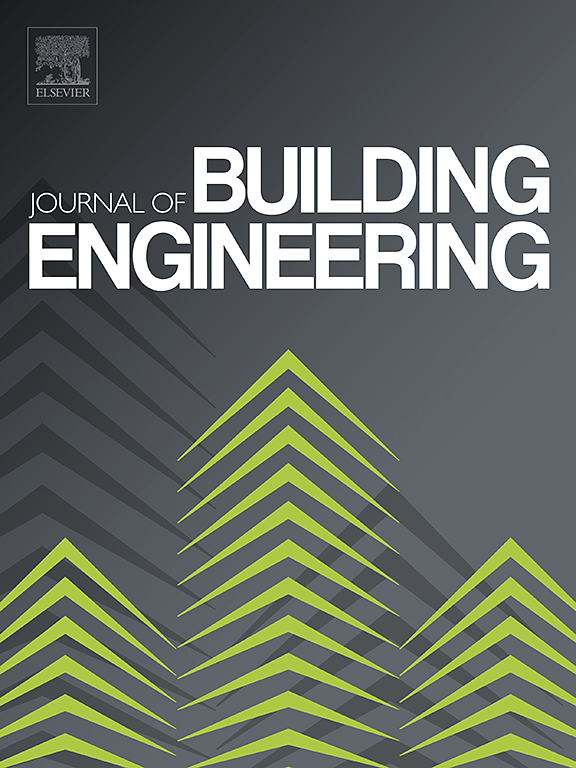Estimating the time constant using smart thermostat data acquisition and manipulation: A whole building experimental study
IF 6.7
2区 工程技术
Q1 CONSTRUCTION & BUILDING TECHNOLOGY
引用次数: 0
Abstract
The Time Constant RC is a key thermal characteristic of a building, combining the thermal resistance of the envelope (R) and the thermal mass (C). It serves as a useful indicator for ranking and prioritizing building retrofits by assessing the thermal performance of the building envelope through temperature measurements. However, accurately determining RC, especially on a large scale, poses significant challenges. This study employs Newton's Law of Cooling to estimate RC values from temperature data, using a full-scale facility designed to mimic a two-story residential townhouse in a cold climate region.
Although all extracted decay curves can meet common assumptions and requirements of Newton's Law of Cooling, the estimated RC values can vary substantially from 27.1 to 146.2 h. We investigated the factors influencing these variations, particularly focusing on data manipulation during the analysis of temperature drops that form distinct ‘decay curves.’ The findings emphasize the significance of the heating setpoint prior to the decay phase, as it plays a crucial role in RC estimation. Furthermore, the location of the trimmed decay curve within the entire decay period can lead to vastly different estimates, highlighting the importance of carefully selecting start and end points. The number of measurements used in the curve fitting is also critical, affecting the selection of these points. Additionally, the duration of the heating setpoint influences estimates primarily at the beginning of the thermal decay period. The proposed framework can be used as a standard method for fast, affordable, and scalable remote building energy auditing to rank order buildings and prioritize retrofit decisions.

求助全文
约1分钟内获得全文
求助全文
来源期刊

Journal of building engineering
Engineering-Civil and Structural Engineering
CiteScore
10.00
自引率
12.50%
发文量
1901
审稿时长
35 days
期刊介绍:
The Journal of Building Engineering is an interdisciplinary journal that covers all aspects of science and technology concerned with the whole life cycle of the built environment; from the design phase through to construction, operation, performance, maintenance and its deterioration.
 求助内容:
求助内容: 应助结果提醒方式:
应助结果提醒方式:


